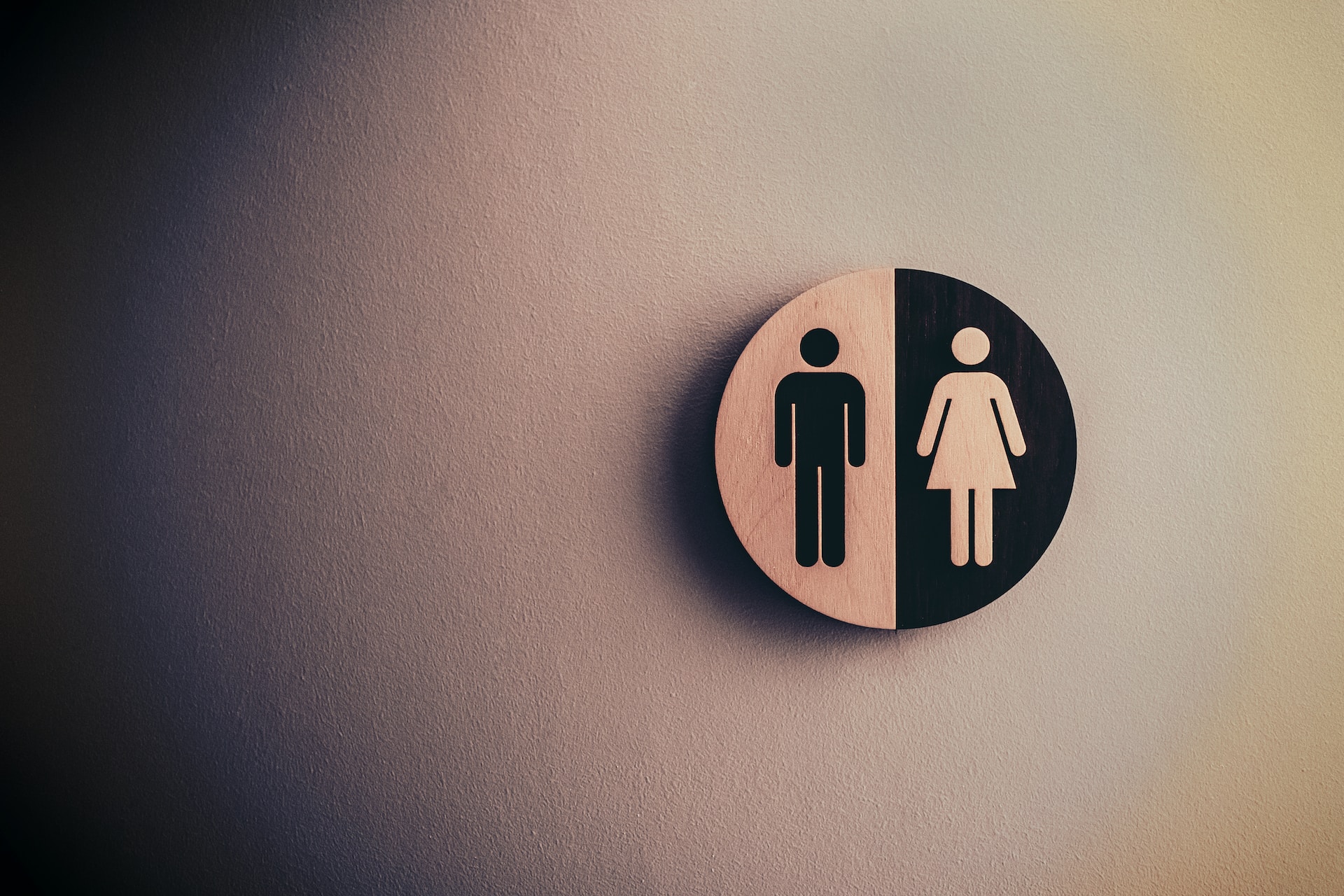Bank of America has recently released its 2023 Financial Life Benefits® Impact Report, which sheds light on the gender disparity in 401(k) account balances. The report reveals that, on average, men have a 50% higher account balance than women ($89,000 versus $59,000). However, the gender imbalance is gradually closing among younger generations.
The report highlights that Baby Boomer men (ages 58-76) and Gen X men (ages 43-57) have significantly higher account balances compared to women in their respective generations, with a difference of 87% and 53%, respectively. However, the gap between Millennial men (ages 28-42) and women is only 23%.
The participation rates in 401(k) plans vary across different generations, with Gen X leading the way at 65%, followed by Baby Boomers at 57% and Millennials at 55%. Despite this progress, the gender savings gap remains a pressing issue that requires attention.
Closing the Gender Disparity
Lorna Sabbia, Head of Retirement and Personal Wealth Solutions at Bank of America, acknowledges the importance of addressing the gender savings gap. She emphasizes that it has personal implications for many individuals and macroeconomic implications for society as a whole. Sabbia expresses encouragement at the strides made by young female employees and urges everyone to invest in their futures and take advantage of the workplace benefits available to them.
Insights from Bank of America’s Employee Benefits Programs
The Financial Life Benefits Impact Report draws on data from Bank of America’s proprietary employee benefits programs, which cater to over 25,000 companies and more than 6 million employees. The report provides a comprehensive analysis of trends within 401(k) plans, Health Savings Accounts (HSAs), equity compensation, and employee banking programs.

Key Findings from the Report
401(k) Plans:
- Participation rates experienced a slight decline, dropping from 58% in 2021 to 56%.
- The average contribution rate decreased from 6.6% in 2021 to 6.4%.
- 26% of participants increased their contribution rate, while only 8% decreased their savings rate.
- The number of participants contributing small amounts (less than $5,000) increased to 66% from 61% in 2021, but only 9% took full advantage of their 401(k) plans by contributing the maximum amount allowed.
- Overall account balances saw a decline of 17% due to market downturns in stocks and bonds.
- 401(k) plans with an auto-enroll feature had significantly higher participation rates (85%) compared to plans without it (36%).
- Plans with both auto-enroll and auto-increase features increased to 57% in 2022, up from 55% in 2021.
Other Employee Benefits:
- Equity awards were received by more employees in 2022, but the values were lower. There was a 23% increase in participants receiving awards, but the average shares outstanding per plan decreased by 16%, and the value of outstanding shares declined by 30% by year-end.
- HSA account holders shifted from being “spenders” to “savers.” More account holders contributed more than they withdrew (38% versus 26% in 2021). The average HSA account balance decreased by 6% in 2022, with more assets held in cash deposits (58%) than in longer-term investments (42%).
- Financial education resources were highly sought after, with retirement (70%) and budgeting (23%) being the top interests. Participants preferred learning through webinars (69%), followed by short videos (36%) and visiting websites for information (31%).
- The digital engagement was preferred, with 63% of participant visits occurring online, 22% through mobile apps, and 15% via call centers.
- The Bank of America 2023 Financial Life Benefits® Impact Report highlights the persisting gender disparity in 401(k) account balances. While men’s account balances still exceed women’s on average, the report shows promising progress among younger generations of women. Closing the gender savings gap is crucial for personal financial security and has macroeconomic implications for society. It is imperative to continue promoting financial literacy, workplace benefits, and equitable opportunities for women to ensure a more inclusive and prosperous future.
Bank of America Summary:
Bank of America is a leading global financial institution that offers a comprehensive range of banking, investing, asset management, and risk management products and services. With millions of consumer and small business clients, Bank of America provides convenient access through retail financial centers, ATMs, and a robust digital banking platform. The institution is committed to supporting individuals and businesses in achieving their financial goals and works closely with employers to meet the diverse needs of their employees.
